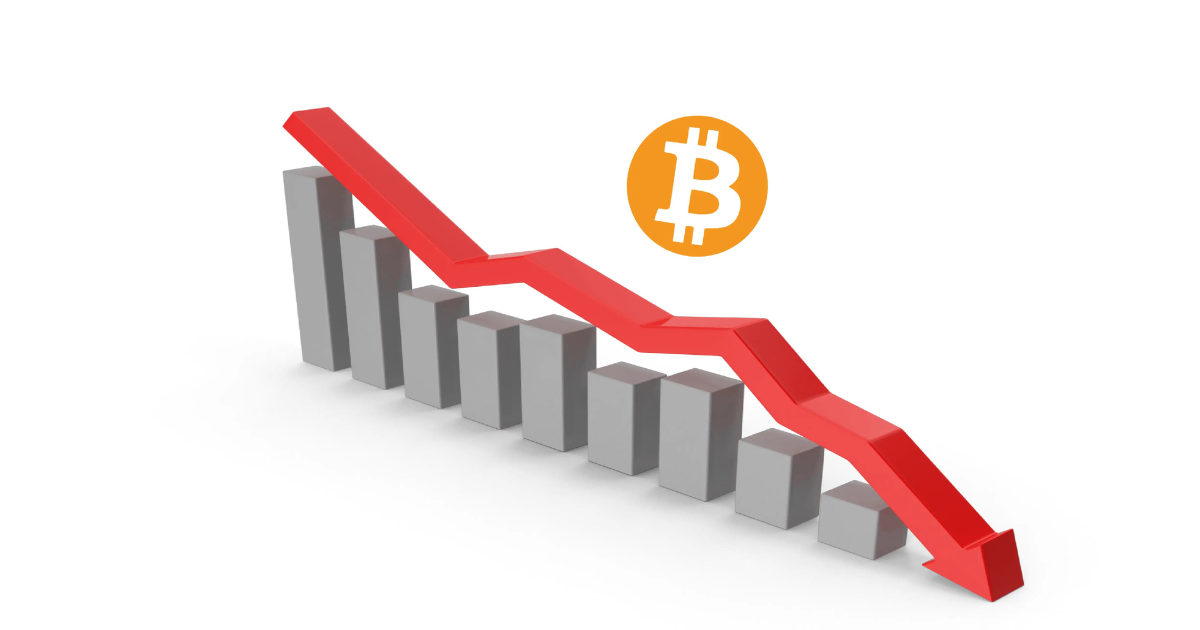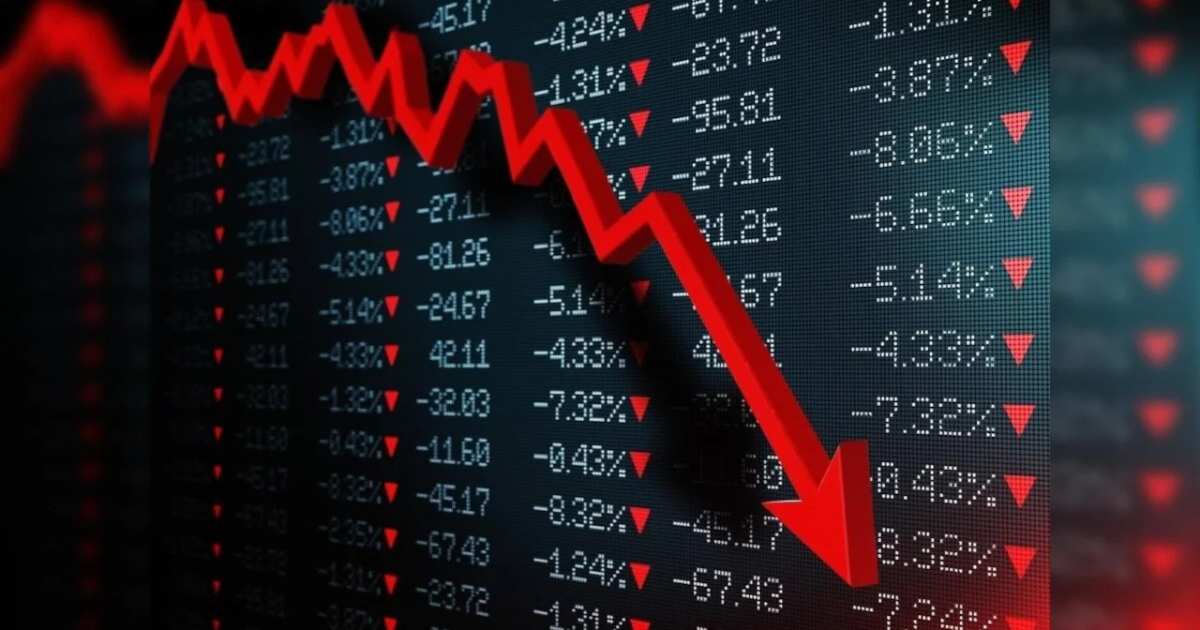Some major cryptocurrencies within the market have met a sudden crash within the market. Bitcoin has dropped about $100,000, and Ethereum, on the other hand, with other altcoins, has seen much deeper faults. The market crash has quite a complex explanation as to why they are facing these matters at hand.
Key-Takeaways:
- Rising U.S. Treasury yields above 4.70%, surrounded by ‘safe assets’ as well as traditional investments, were what sparked what’s known as the crypto market crash.
- The market crash brought greater market connectivity as Bitcoin fell beneath $100,000 and Ethereum collapsed to $3,394 while tech stocks and the markets in general fell.
- The crypto market crash is due to the current economic pressures, analysts say, but could reverse in early 2025, until tax season and Treasury activities hold back the gains.
Rising Bond Yields Spark Investor Exodus
 Treasury yields also reached notable highs; the 10-year yield rose to 4.70%. It is pulling investors away from riskier assets because of this surge in traditional investment returns. Nowadays, many traders are transferring money into bonds, where they offer a more predictable return in a market like this.
Treasury yields also reached notable highs; the 10-year yield rose to 4.70%. It is pulling investors away from riskier assets because of this surge in traditional investment returns. Nowadays, many traders are transferring money into bonds, where they offer a more predictable return in a market like this.
The Fed meetings have shown lately that it has adopted a more conservative interest rate-cutting approach for 2025. The strong unemployment rate and the continued increase in job openings to 8.1 million show the economy is strong. For this situation, interest rates may remain higher than expected longer.
Economic Uncertainty Adds to Market Pressure
 There are many things that worry crypto investors about the U.S. economy. That includes the debt ceiling and ballooning fiscal deficits. This has deterred many investors due to confusion around Treasury strategies.
There are many things that worry crypto investors about the U.S. economy. That includes the debt ceiling and ballooning fiscal deficits. This has deterred many investors due to confusion around Treasury strategies.
Bitcoin’s price plunged by 5.04 percent to $96,713 and below the $100,000 mark. Volatility in the market led to traders jumping up its ranks to trade volume of $55.12 billion, which is 13% up compared to the volume on Tuesday. Its total market value collapsed to $1.91 trillion.
Ethereum also experienced an even bigger downfall of 8%, falling to $3,394. Trading volume grew by 21% while its market cap decreased from $662.58 billion to $412.29 billion. This isn’t just another cyclical surge in volume but an indicator that investors have a lot of uncertainty.
Like XRP, it didn’t avoid the drop, falling 5.66 percent to $2.29. However, operating at a loss, the price drop led to a surge of trade volume by 57.57 percent, indicating that the market is still going through the selloff.
Broader Market Effects
 As with the crypto decline, traditional markets were dropping too. Tech stocks down. Tesla drops hard, others less so. Companies related to cryptocurrency, such as Coinbase and MicroStrategy, also saw sharp decline.
As with the crypto decline, traditional markets were dropping too. Tech stocks down. Tesla drops hard, others less so. Companies related to cryptocurrency, such as Coinbase and MicroStrategy, also saw sharp decline.
Crypto prices, some analysts say, will hover on a dipper in early 2025 thanks to an influx of dollar liquidity. But there are events like tax season and Treasury activities that could undo those gains. The market is still a little bit nervous about Fed policy and economic indicators.
The market situation shows how the price of cryptocurrency reacts to usual economic factors. Bond yields, Fed decisions, and more generally, the direction of the stock market will all be yet other things to watch for investors. The elements still work to influence the crypto market movements.
Conclusion: Market Crash
Immediate market challenges are a real thing; however, the root causes are outside the realm of crypto and would have happened on paper as well. Investors will form better investment decisions with a better understanding of these connections.
As crypto continues to integrate into the overall economic system, we see its response to traditional financial factors. This connection facilitates investors to make an investment decision by taking into account both crypto-specific news and general economic trends.










